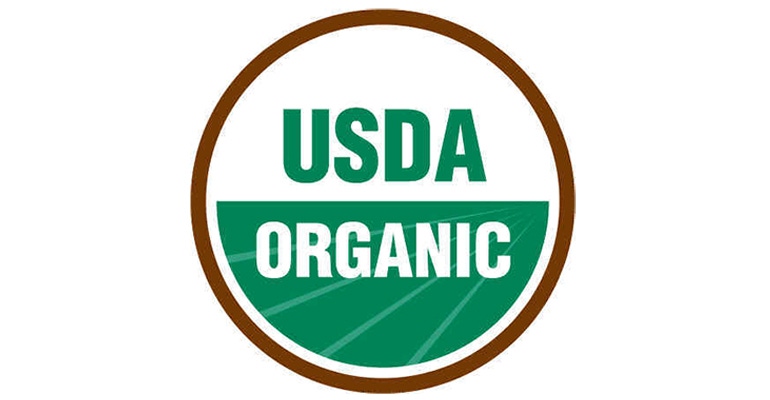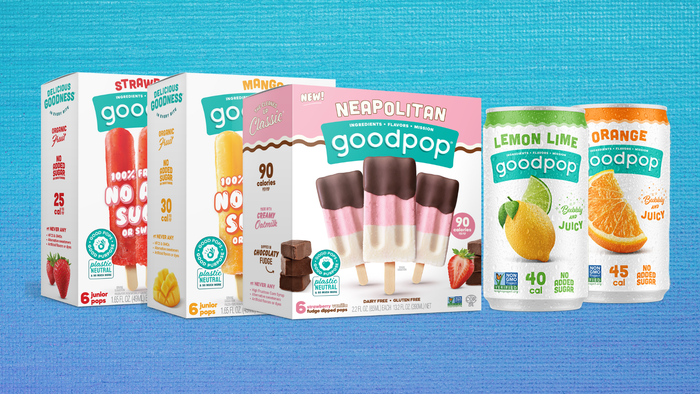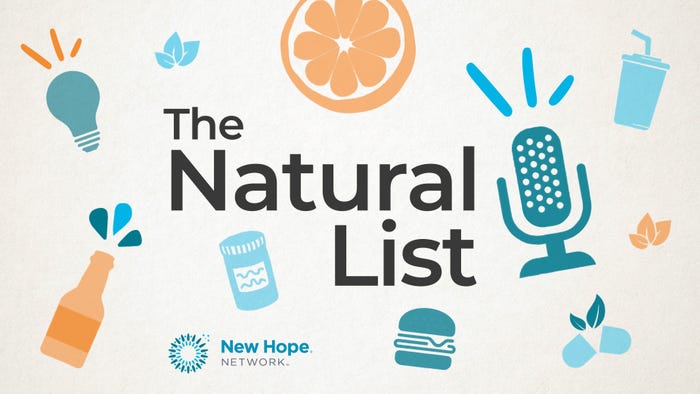6 tips to promote consumer understanding of Certified Organic
Consumers don't understand the rigor required for a brand to be USDA Certified Organic. With these recommendations, retailers and influencers can educate them.
May 18, 2022

Which of 21 common descriptions found on food and beverage labels makes consumers more likely to buy a product?
In a 2018 poll, Morning Consult asked a national sample of 2,201 American adults. The top three labels that made food and beverage labels more appealing, respondents said, were "fresh," with 81%; "farm-fresh," with 72%; and "sourced from American farmers," with 68%.
How labels that made consumers less likely to buy a product? Vegan turned off 35% of consumers; "diet" repelled 31%; and "sugar-free" made 20% less likely to buy.
So, where did organic land in this survey?
Just below the middle. The organic label added to a product's appeal with 48% of consumers and lessened the appeal for 13%.
Most consumers don't know what the Certified Organic label stands for, SRW Agency founder Charlie Stone said during New Hope Network's recent Inside Organic kickoff event. Brands and retailers need to consistently and constantly explain what Certified Organic means and how it differs from labels such as "fresh" or "nutritious" that don't have to meet federal standards, he added.
"We really challenge brands to be thought leaders in this," Stone said.
Use storytelling elements to follow these recommendations
Target interested consumers. Those consumers who already find the organic label appealing are likely to make more organic purchases. Similarly, Generation Z and millennials are more likely to be familiar with organic foods than Gen-Xers and baby boomers, Stone said.
Lean into the USDA Certified Organic Seal. Teach consumers that organic certification guarantees:
No toxic or synthetic pesticides are used in farming.
No antibiotics or synthetic growth hormones are used in the raising of cattle, pork or poultry.
No genetically modified ingredients are included in the product.
No artificial flavors, colors or preservatives are used in making the product.
No sewage sludge or irradiation can be used at any stage of the growing cycle.
Highlight the rigorous process involved in becoming certified organic. Farms and ranches must transition for three years from conventional practices—using toxic pesticides and herbicides or synthetic fertilizers—to organic practices before they can be certified, and they are subject to yearly inspections.
Emphasize that farms and ranches cannot use herbicides, pesticides or antibiotics or raise genetically modified organisms. This applies to both farms that grow produce, pastures where livestock are raised and the food that cattle, pork or poultry receive.
Stress the benefits to soil and biodiversity from organic and regenerative agriculture and closed loop farms. Studies show that because organic soil is healthier, organic crops contain more antioxidants—up to 69% higher levels than crops from conventional farms. Similarly, organic-certified dairy products and meat have 50% higher levels of omega-3 fatty acids. It's also important to note that species diversity increases 30% surrounding organic farms, according to the Organic Trade Association.
Advocate for more funding for the National Organic Program. The National Organic Program, which is is part of the U.S. Department of Agricultures Agricultural Marketing Services, promotes organic foods, enforces organic regulations and helps keep the USDA Organic seal pristine.
The burden of explaining what organic means has generally fallen to brands, Stone said. He encouraged everyone to include information about the organic seal throughout their digital eco-systems including social media, websites and partnerships.
About the Author(s)
You May Also Like


